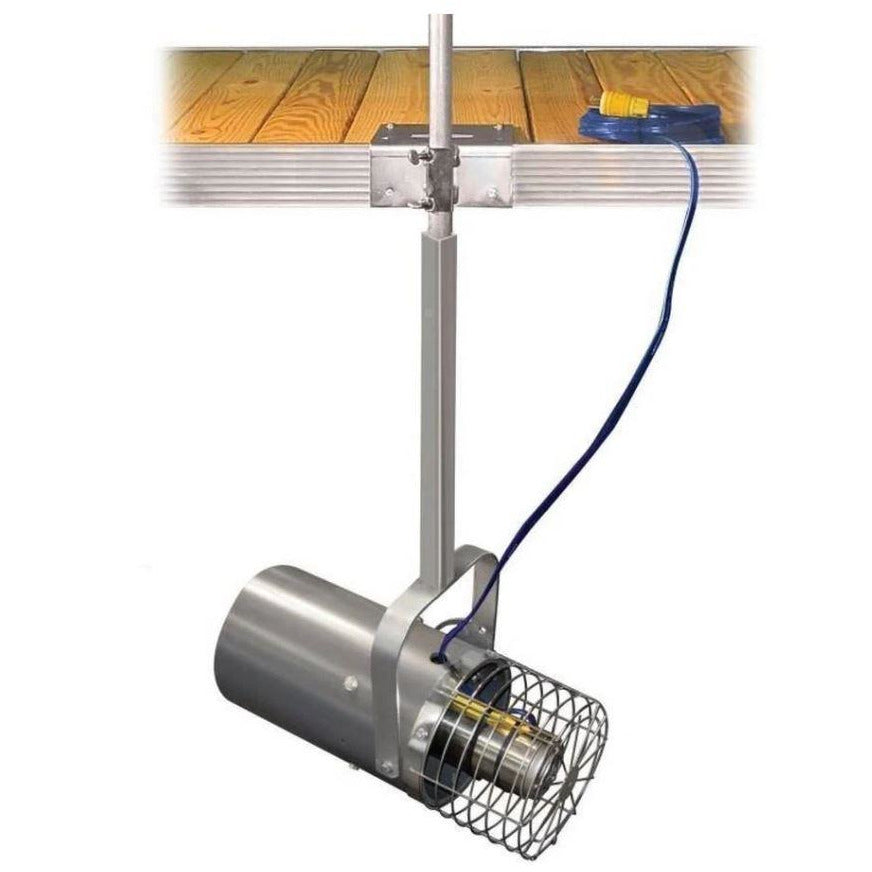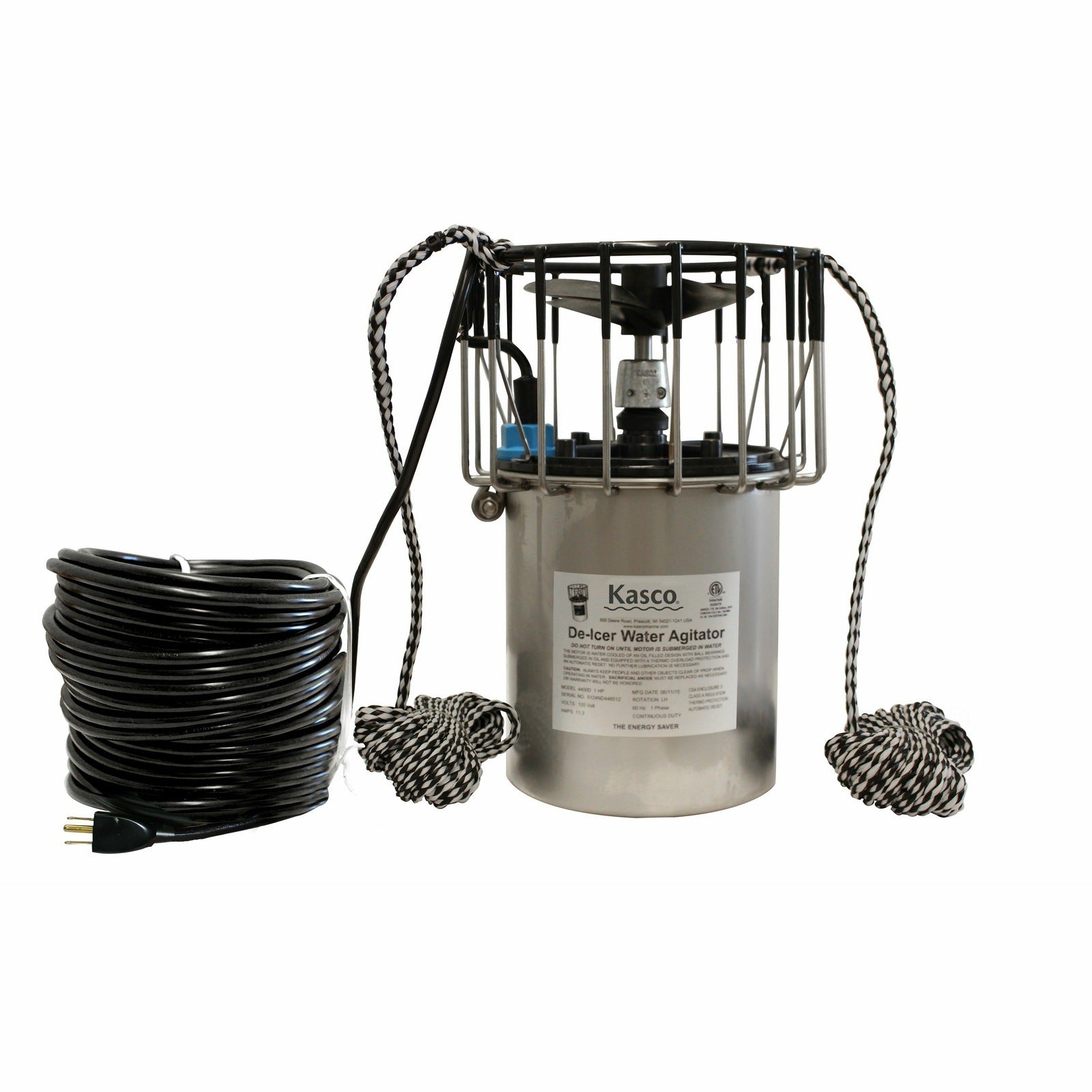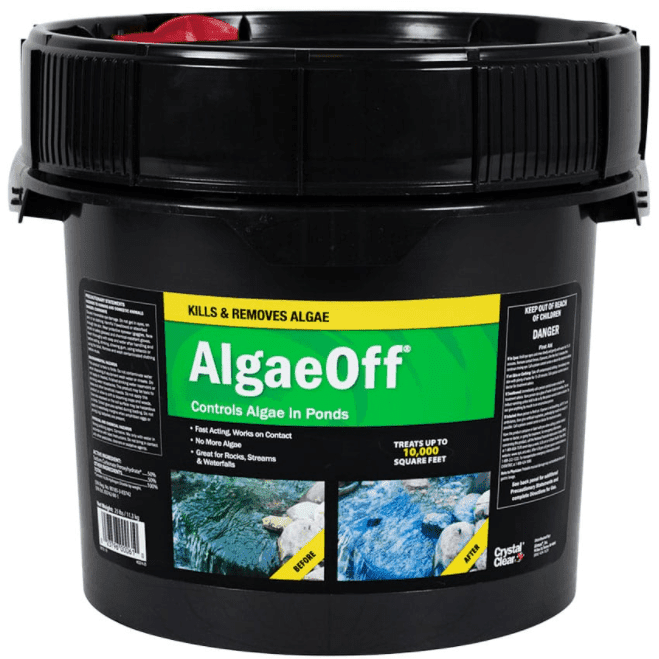Pond dye is a special coloring agent designed to control algae and unwanted plant growth. It works by limiting the amount of sunlight reaching underwater plants and algae, which they need for photosynthesis. This makes it a good choice for ponds with minimal water flow, like stormwater ponds or those without natural springs. You'll often find pond dye used in ponds at parks, golf courses, and other recreational areas to maintain clear and visually appealing water.
Choosing the Right Color for Your Pond
Pond dyes come in three main colors - blue, black, and green - each offering unique aesthetic and functional benefits. They come in various forms, from liquid concentrates to easy-to-use packets, making it a piece of cake to keep your pond looking fresh.
- Blue: This classic choice creates a crystal-clear, blue appearance. For a more vibrant aqua hue, you can combine blue dye with a touch of yellow. Blue dye also has a secondary benefit of reducing sunlight penetration, which helps control algae growth.
- Black: Black dye transforms your pond into a reflective surface, mirroring the surrounding landscape. It's a popular choice in winter to reflect snow or in wooded areas to showcase nearby trees. Additionally, black dye is the most effective at blocking sunlight, further hindering algae growth.
- Green: If you want your pond to blend seamlessly with surrounding greenery, green dye is the way to go. However, keep in mind that mixing green dye with other colors will alter the final shade. For the purest green, stick to using green dye alone. This color is often seen in fountain areas or amusement parks.
Benefits of Pond Dyes
Pond dyes offer more than just pretty colors! Here's how they benefit your pond:
- Fight Algae: Dyes block sunlight that fuels algae growth, keeping your pond clearer.
- Balanced Ecosystem: By controlling algae, dyes indirectly create a healthier environment for all pond life.
- Improved Water Clarity: Reduced algae means less organic matter decomposition, leading to potentially clearer water.
- Cooler Temps: Darker dyes can absorb sunlight, keeping your pond cooler in summer for heat-sensitive fish.
- Happy & Healthy Fish: Clearer water reduces fish stress and the dye's shade can offer protection from predators.
How To Apply Pond Dye?
Adding beautiful color to your pond is as easy as tossing in a packet or pouring some dye. Here's how to get started:
- Easy Application: Scatter water-soluble packets or pour concentrated dye around the edge of your pond. Think of it like sprinkling magic powder!
- Start Subtle: Remember, you can always add more for a bolder look, but be mindful that dye fades naturally over time. Rainfall can also speed up the process. Most dyes last 4-8 weeks, depending on the weather.
- Finding the Right Amount: Not sure how deep your pond is? No worries, Most dyes work for ponds up to one acre with an average depth of 4-6 feet. If you're unsure, start with a small amount and gradually add more until you achieve your desired color intensity.
Top Tip: Keep track of how much dye you use for future touch-ups. Rainfall and evaporation will naturally dilute the color over time, so knowing your starting point will help you maintain the perfect shade.
Addressing Common Concerns:
-
How Often Should Pond Dyes Be Applied?
The frequency of pond dye application depends on several factors, including the type of dye used, the size and depth of your pond, and the water flow. Generally, pond dyes can last for several weeks to a few months. However, heavy rain or fast-moving water can shorten the lifespan of the dye. It's recommended to monitor the color of your pond and reapply the dye as needed to maintain the desired effect.
-
Are Pond Dyes Safe for Fish and Other Aquatic Life?
Reputable pond dyes are formulated to be safe for fish, plants, and other aquatic organisms when used according to the manufacturer's instructions. These dyes are typically non-toxic and biodegradable. However, it's always advisable to choose a dye specifically designed for ponds and follow the recommended dosage carefully.
-
Can Pond Dyes Replace Other Pond Maintenance Practices?
While pond dyes are a valuable tool, they are not a replacement for other essential pond maintenance practices. Regular cleaning to remove debris, maintaining proper water circulation with a pump, and testing water parameters for pH, ammonia, and nitrites are still crucial for a healthy pond ecosystem.
-
Do Pond Dyes Have Any Negative Environmental Impacts?
High-quality pond dyes are designed to be environmentally friendly. Look for dyes that are non-toxic, biodegradable, and free of harsh chemicals. Additionally, using the correct dosage as specified by the manufacturer helps to minimize any potential environmental impact.
Want More?
With the power of pond dye, you can create a stunning visual effect, while promoting a healthier ecosystem for your fish. Browse our selection of pond dyes to find the perfect shade for your vision, or reach out to our friendly customer service team – they're happy to answer any questions and help you achieve the pond of your dreams!













